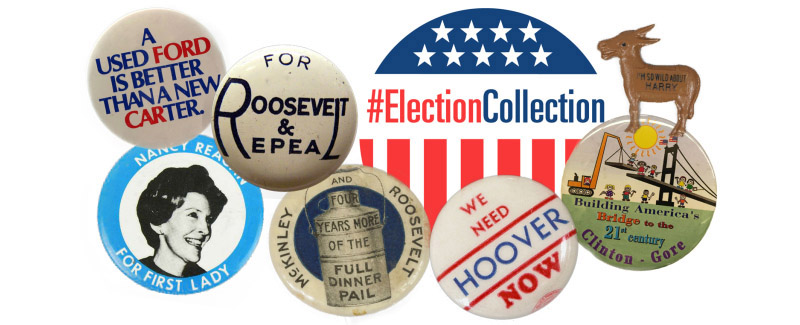
Presidential Elections & Inaugurations

Every four years, on the first Tuesday (after the first Monday) of November, we cast our votes for President of the United States. The National Archives and Records Administration has a unique role in the election process: NARA’s Office of the Federal Register administers the Electoral College.
On the following January 20, the President of the United States takes the oath of office. Take a look at historical inaugurations documented in records held by the National Archives and its Presidential Libraries.

You can register to vote or update your registration at Vote.gov.
Featured Document
 George Washington set many precedents as the first President of the United States, beginning the day he took office. See our Featured Document—George Washington's First Inaugural Address—to learn how rituals observed during his inauguration laid the foundation for today’s inaugural traditions.
George Washington set many precedents as the first President of the United States, beginning the day he took office. See our Featured Document—George Washington's First Inaugural Address—to learn how rituals observed during his inauguration laid the foundation for today’s inaugural traditions.
The Electoral College and the National Archives
How does the Electoral College work, and what is the Federal Register's role?
In early November, Americans go to the polls to elect a President and a Vice President who will serve for the next four years. But the voters don't directly vote for the candidates; they vote for "electors," individuals pledged to vote for the candidates, in what has become known as the Electoral College.
The Electoral College is a process, not a place. The process consists of the selection of the electors (called for by Article II and the 12th Amendment of the Constitution), the meeting of the electors where they vote for President and Vice President, and the counting of the electoral votes by Congress.
The Federal Register's role begins with sending instructions to the governments of the 50 states and the District of Columbia to receiving and reviewing certificates of votes to turning over the votes to Congress. Read more on the Federal Register's Electoral College page.
PDF files require the free Adobe Reader.
More information on Adobe Acrobat PDF files is available on our Accessibility page.